Creation and Evolution of My Personal Portfolio
Detailed Journey Through Multiple Iterations
The primary goal of this project was to build a personal portfolio that could evolve alongside my growth in web development and data engineering. Over a series of iterations, I experimented with different tech stacks—starting with a purely static approach, then refining it further, moving on to a dynamic React-based solution, and finally migrating to a Python + Jinja architecture.
Below is an in-depth look at each major phase, the decisions that guided my choices, and the lessons learned at every step.
Version 1: Minimal Static HTML & CSS
The first version of my portfolio (first image) was built solely with HTML & CSS. My focus was on rapid prototyping and establishing a basic structure. I created sections for “Home,” “Academic Profile,” “Professional Profile,” “Projects,” and “Travels.”
- I kept the design simple to ensure I could quickly deploy a functional website.
- Navigation was limited to basic links in a header menu, with no additional interactivity.
- Maintenance was straightforward—just a few static files with minimal styling—but scalability was a concern for future additions.
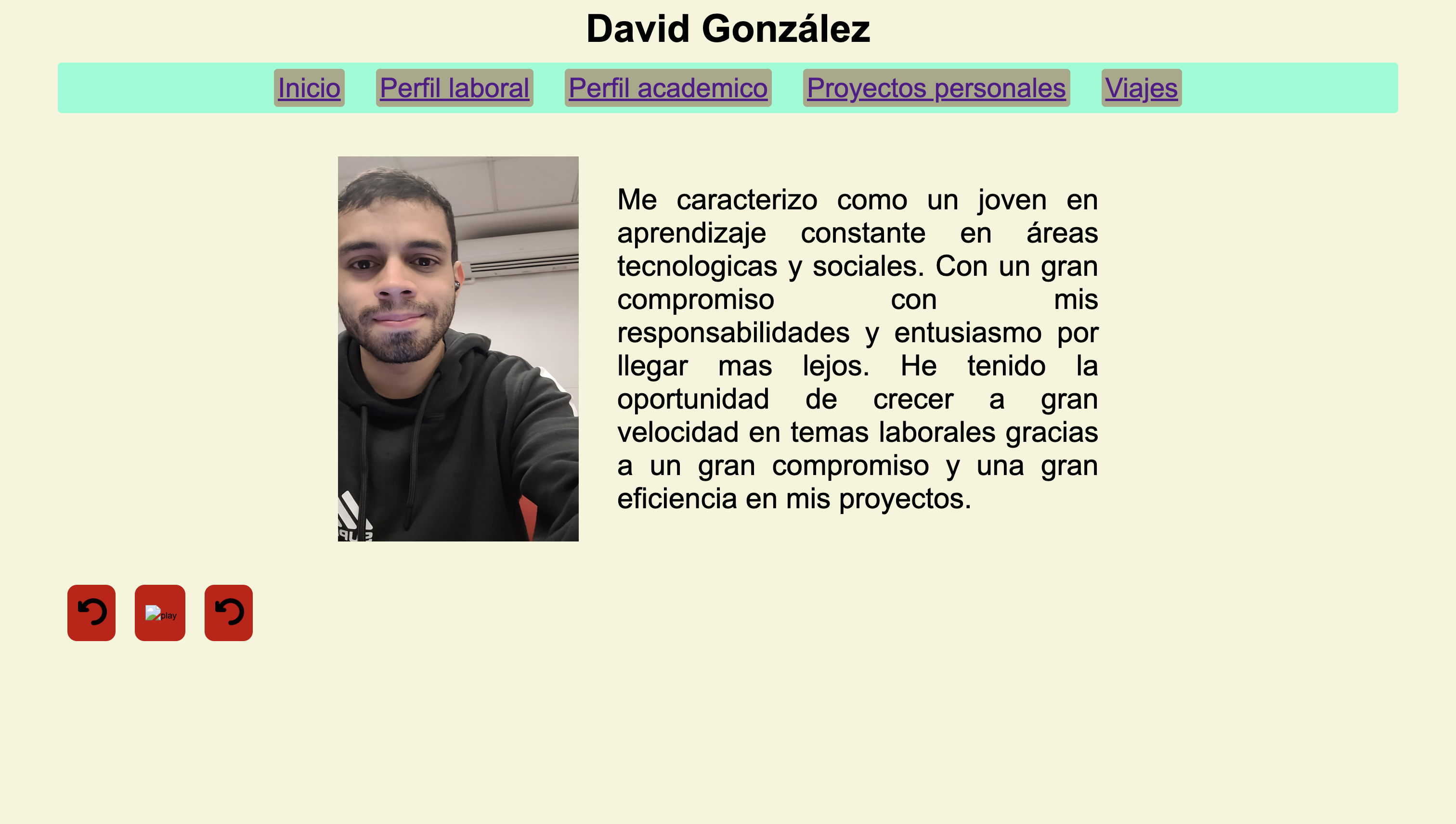
Version 2: Enhanced Layout & Design (Still Static)
Realizing that a purely minimal design lacked depth, I made substantial visual improvements in the second version (second image) while still relying on static HTML & CSS. This step did not yet incorporate React or any other JavaScript framework.
- I refined the color palette and typography, giving the site a more polished and cohesive look.
- The layout became more user-friendly with better spacing, new sections to highlight project details, and a simpler navigation bar.
- I introduced some basic JavaScript snippets (e.g., for small animations), but the content remained primarily static.
While this version improved the user experience, I began feeling the need for a more dynamic, component-based solution that could handle expansions or feature integrations with less repetitive code.
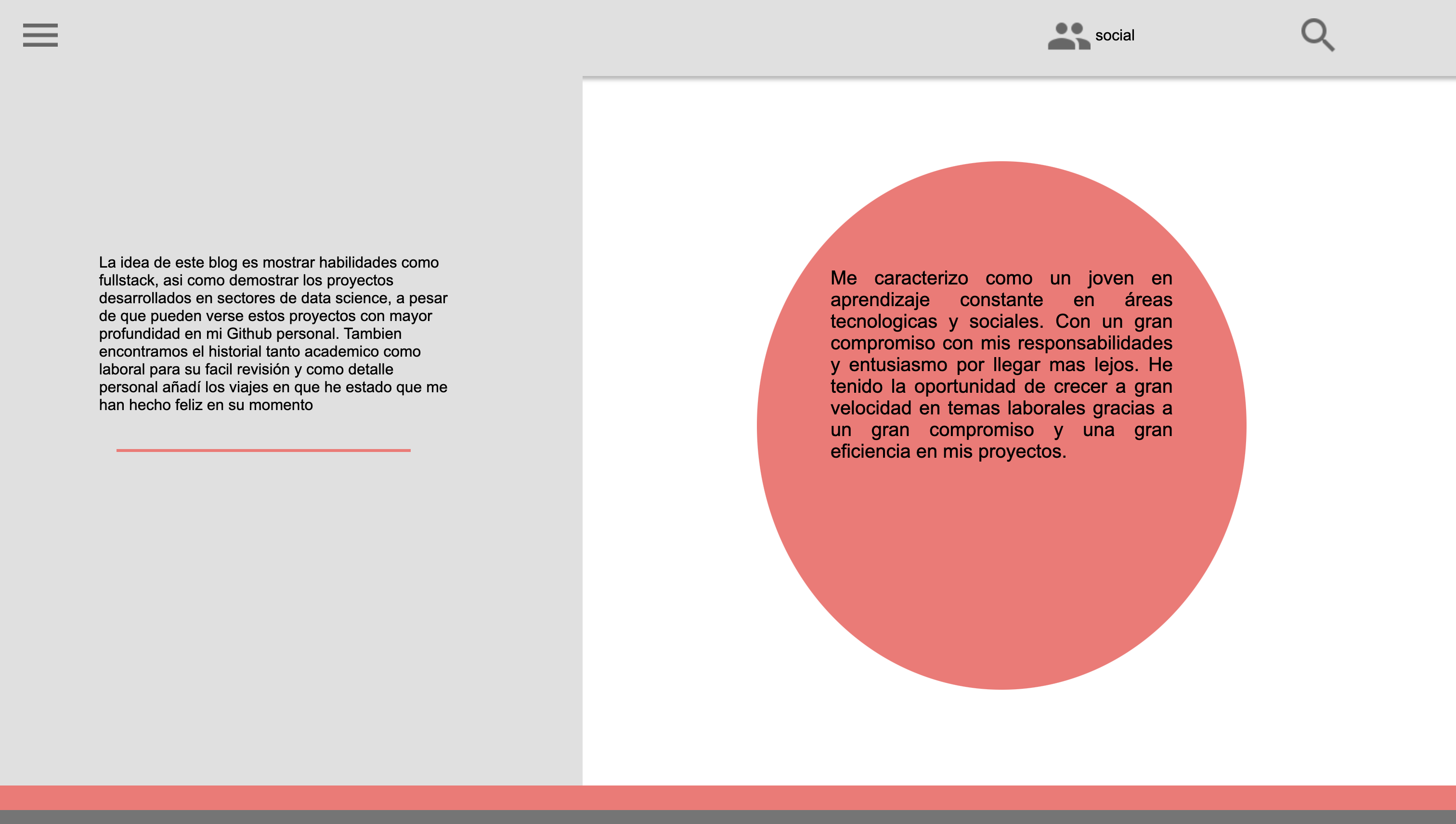
Version 3: Migrating to React
The leap from static pages to a React-based structure occurred in the third version (third image). This was a significant shift in my workflow:
- I broke down the site into React components, each responsible for a specific part of the UI. This made the codebase modular and more scalable.
- Navigation was handled by React Router, providing a single-page application (SPA) feel. Page transitions became smoother without full page reloads.
- I started experimenting with dynamic data fetching, such as pulling my GitHub repositories to show real-time updates on my projects section.
This version introduced state management, improved user interactivity, and a more modern design approach. React also opened doors for advanced features like toggles (e.g., dark mode), API integrations, and live feeds.
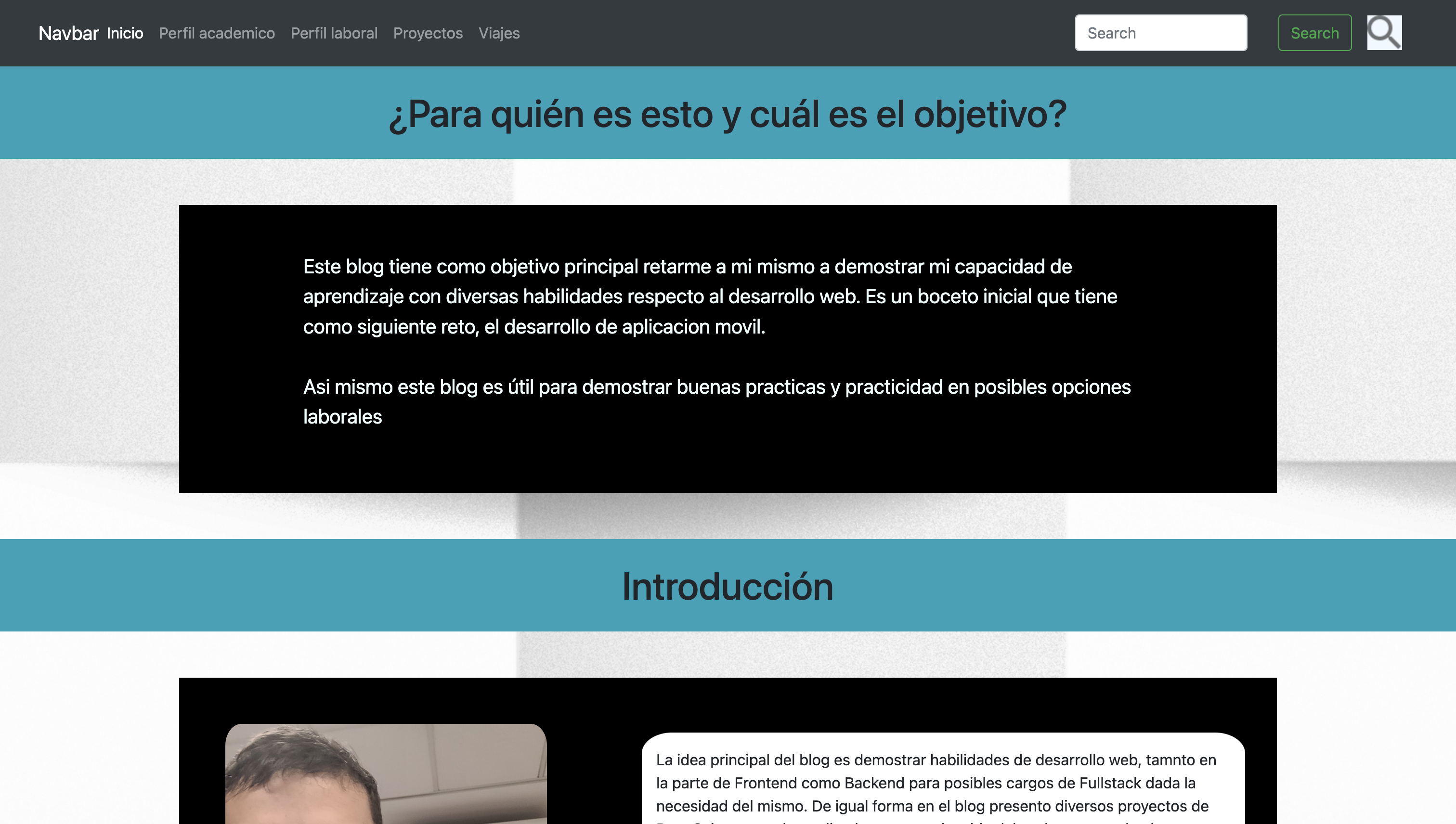
Version 4: Extending React for Better UX and Advanced Features
Building upon the React foundation, the fourth version (fourth image) showcased further design improvements and introduced additional features:
- A complete redesign of the homepage, featuring a hero section with a background image, refined color scheme, and enhanced typography.
- Advanced API integrations for displaying external data, such as a Spotify widget or basic analytics pulled from other services.
- Use of React Hooks for cleaner state logic, better performance, and easier testing.
This phase improved my confidence in frontend development. However, I still needed a cohesive way to integrate more complex Python scripts related to data analysis, which led me to reconsider my approach for the backend.
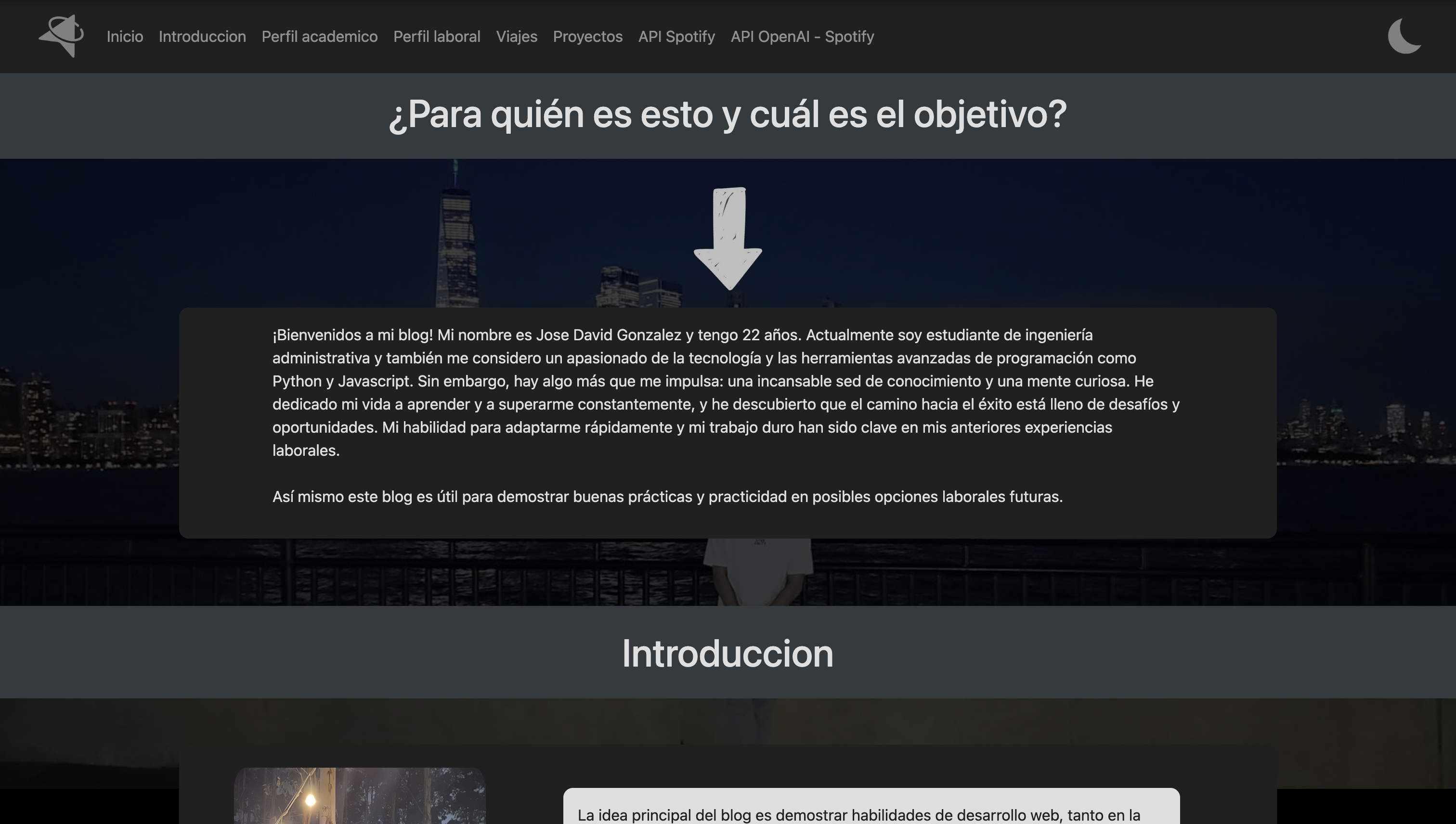
Version 5: A Fresh Start with Python & Jinja
In the fifth version (fifth image), I decided to restart the project and migrate from React to a Python + Jinja approach, embracing server-side rendering for better data handling and a simpler integration with my backend scripts.
- A Flask-based (or similar) setup for routing, enabling me to easily merge database queries and analytics results into templates.
- Jinja templates for each major section, facilitating dynamic content rendering and a clear separation of concerns. This also supports quick updates without manually modifying large swaths of frontend code.
- An updated design that maintained a dark-mode aesthetic, along with brand new branding elements such as a personal logo and sidebar navigation.
This server-side approach aligned better with my ambitions as a data engineer, letting me import Python modules for data manipulation and analytics directly within the same environment as my site’s code.
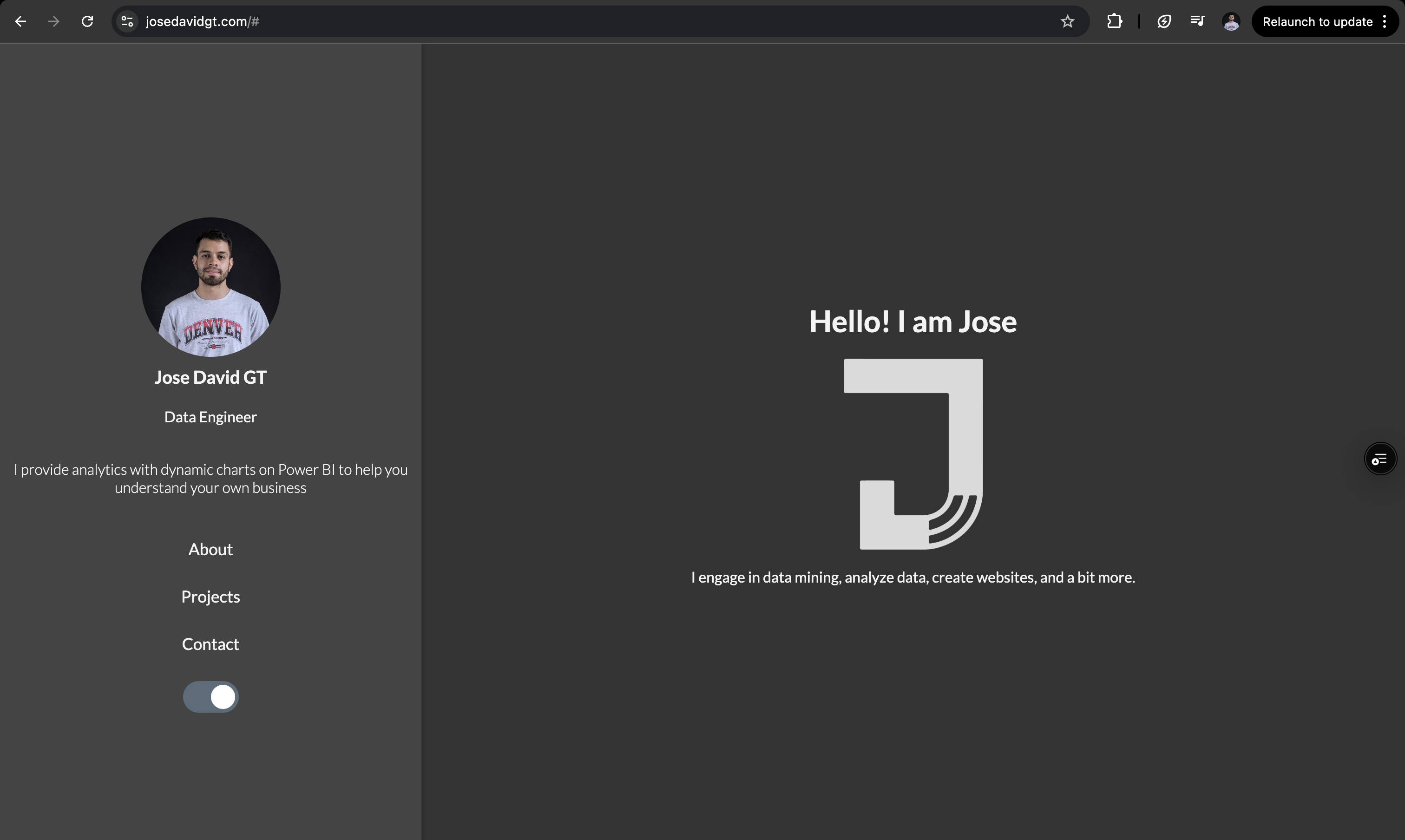
Deployment & Final Thoughts
Over these five versions, I learned the importance of iterative development and continuous improvement. Each transition, from minimal static pages to React, and eventually to Python + Jinja, was inspired by the desire to:
- Make the site scalable for new features, whether in data visualization or user experience.
- Integrate seamlessly with backend scripts, ensuring that data-driven elements could be added without complex client-side orchestration.
- Maintain a professional and modern look, reflecting my progression in both design and development practices.
Ultimately, the ability to pivot and adopt different technologies (React vs. Python + Jinja) demonstrated my commitment to learning and adapting. I plan to keep refining this portfolio by adding new projects, integrating advanced data engineering demos, and exploring microservices or SSR frameworks in future updates.